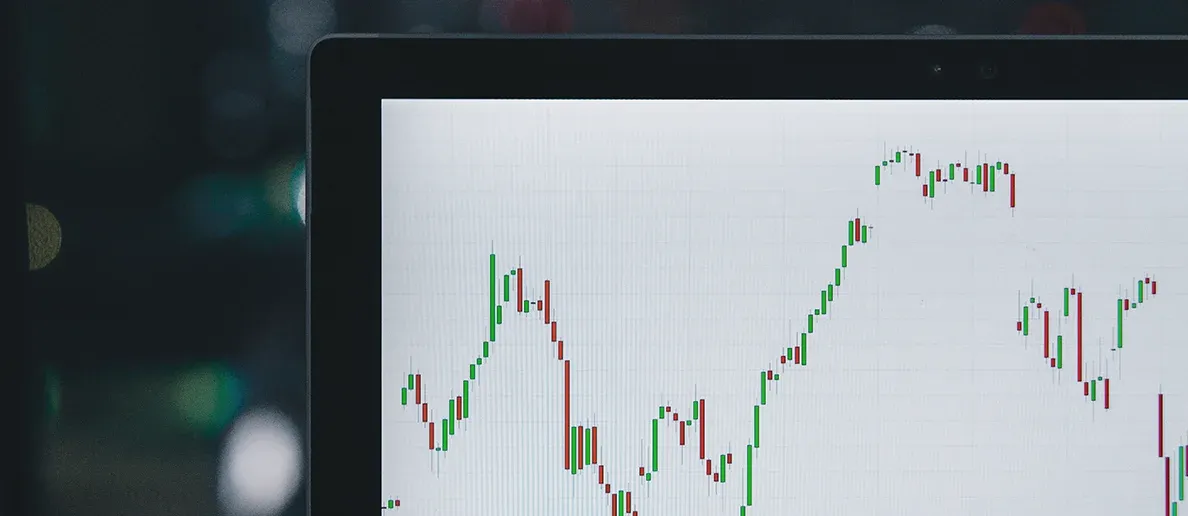S&P 500 June Outlook: Debt Ceiling, FED and More Earnings


S&P 500 has opened the new trading week by grinding higher as the benchmark U.S. stock market index continues to test the 4200 zone, its key near-term resistance.
On Friday, the S&P 500 exceeded the 4200 mark for the first time since last August on reported progress in the talks concerning the U.S. debt ceiling. The 100 weekly moving average comes at 4200.22 and it offers additional resistance.
A break of this zone would eventually pave the way for a test of the next resistance area - the horizontal resistance around 4300. On the downside, the 4050 - 4100 zone offers support in case the market starts to price in additional risk stemming from the debt ceiling talks.
Overall, it is expected that the debt ceiling talks updates will mostly be the drivers of the S&P 500 price action in the coming days and weeks. While the index trades in a 3800 - 4200 range, the upside could take place in June if the debt ceiling is lifted, coupled with the FED pausing and inflation coming in colder-than-expected for May.
In the meantime, Q1 earnings continue to be better than feared with the FactSet saying the decline in earnings so far has been only 2.2%. At the end of Q1, the estimated earnings decline for Q1 2023 was around 6.7%.
Debt Ceiling Talks Continue
President Joe Biden and House Speaker Kevin McCarthy are due to meet on Monday at the White House to continue talks around the debt ceiling. The two sides confirmed a “productive” phone call between two politicians on Sunday.
“It’s time for Republicans to accept that there is no bipartisan deal to be made solely, solely, on their partisan terms,” Presiden Biden said.
On the other hand, Rep. McCarthy said that Biden has “to get away from the socialist wing of the Democratic party and represent America.”
“That means both sides have to have compromise,” McCarthy said Sunday. “I’ve been there the entire time.”
Treasury Secretary Janet Yellen warned earlier that the U.S. government would run out of money in early June if the debt ceiling limit is not increased.
“We’re focused on raising the debt ceiling, and there will be hard choices if that doesn’t occur,” she told NBC.
“There can be no acceptable outcomes if the debt ceiling isn’t raised, regardless of what decisions we make.”
Goldman Sachs (GS:US) economists warned that the government may run out of cash by June 8 or 9 unless the debt ceiling is raised.
"The estimate is subject to substantial uncertainty so there is certainly a chance that receipts could slow more than expected and leave the Treasury short of cash by June 1 or 2," Goldman economists Alec Phillips and Tim Krupa wrote in the note to clients on Sunday.
The economists assigned a 30% chance that the two parties will reach a deal this week and a 30% possibility that takes place “shortly before” the deadline expires.
"While we expect a deal to occur ahead of the deadline, we also expect a few more twists along the way, and suspect that markets are likely to price in additional risk before the debt limit is finally raised," they added.
On the other hand, the chances of no deal before the deadline are set at 25%.
FED Officials Hint at Pause at June’s Meeting
On the Fed front, Minneapolis FED President Neel Kashkari said he would be in favor of not lifting the interest rates at the upcoming meeting in June.
“I’m open to the idea that we can move a little bit more slowly from here,” Kashkari told the Wall Street Journal.
“I would object to any kind of declaration that we’re done. If the committee chooses to skip a meeting because we want to get more information, I could make the argument why that makes sense,” Kashkari said. “A skip to get more information is very different in my mind than [saying], ‘Hey, we think we’re done.’”
Kaskari’s comments after FED Chair Jerome Powell reiterated last week that the central bank remains data-dependent. Powell also hinted that he is open to holding interest rates at the same levels in June, buying the FED more time to assess the impact of a series of rate increases in recent months.
“Until very recently, it has been clear that further policy firming would be required. As policy has become more restrictive, the risks of doing too much versus doing too little are becoming more balanced,” Powell said at the banking conference on Friday.
FED’s two-day meeting is due to conclude on June 14.
What Congress members are trading
Congressman Ro Khanna has continued to actively trade the S&P 500 (SPX) in recent months. On May 10, Rep. Khanna disclosed tens of trades involving the S&P 500, mostly selling the index. Transactions were completed on April 19 and 27.
Congressman Dan Crenshaw also disclosed in April he was buying some shares of the SPDR S&P 500 ETF Trust (SPY:US) in March. Similarly, Senator Tom Carper was buying shares of iShares Core S&P 500 ETF (IVV:US).
On the other hand, Congress member Michael McCaul grabbed headlines earlier this year when he disclosed he had sold Vanguard S&P 500 ETF (VOO:US) in December 2022. Rep. McCaul reported two sell transactions worth $100,000 - $250,000 in addition to the two trades valued between $15,000 and $50,000.
While he was selling the ETF on December 14 when it closed at $367.16, Monday’s price sees VOO exchanging hands at around $385.
